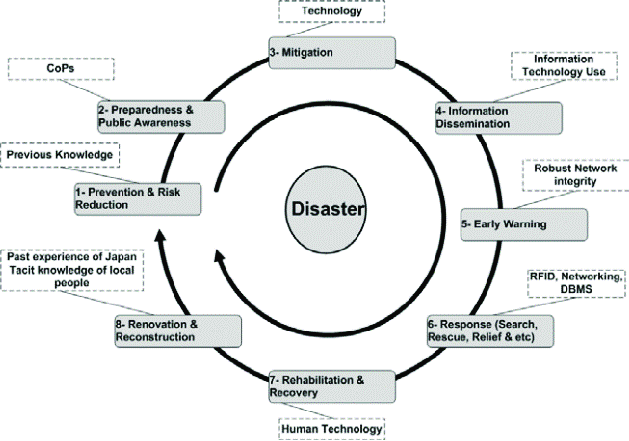Free Courses Sale ends Soon, Get It Now


Free Courses Sale ends Soon, Get It Now



Figure 2: No Copyright Infringement Intended
Indian cities are the driving force of economic growth with mass production and consumption, but this sunrise story is threatened by unsustainable urban development in an era of climate change. What is needed is to develop a robust and functional metropolis that can handle floods, heat waves, pollution and mass migration to sustain the economic impetus. Otherwise, Urban India will be a subprime investment.
© 2024 iasgyan. All right reserved